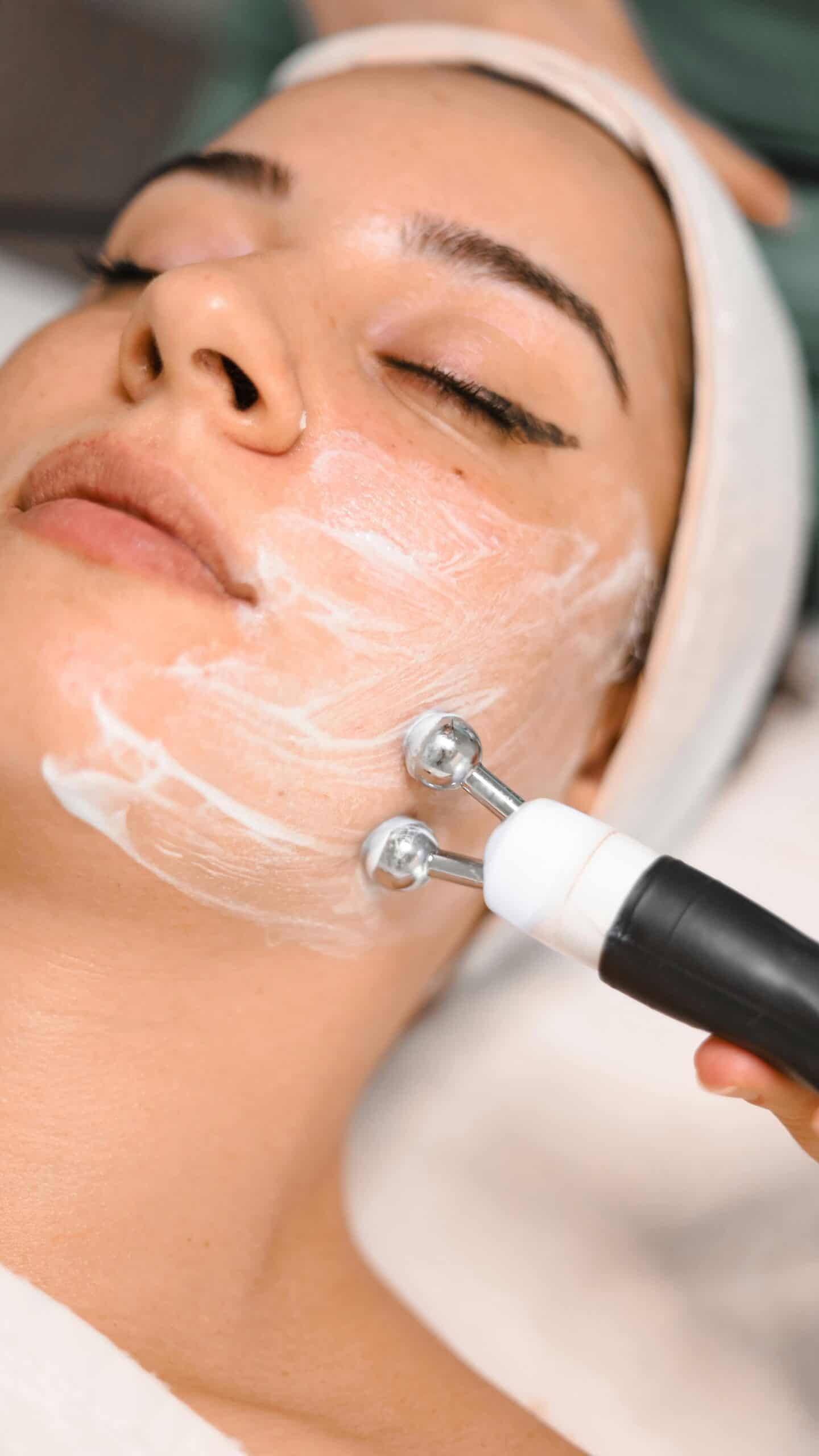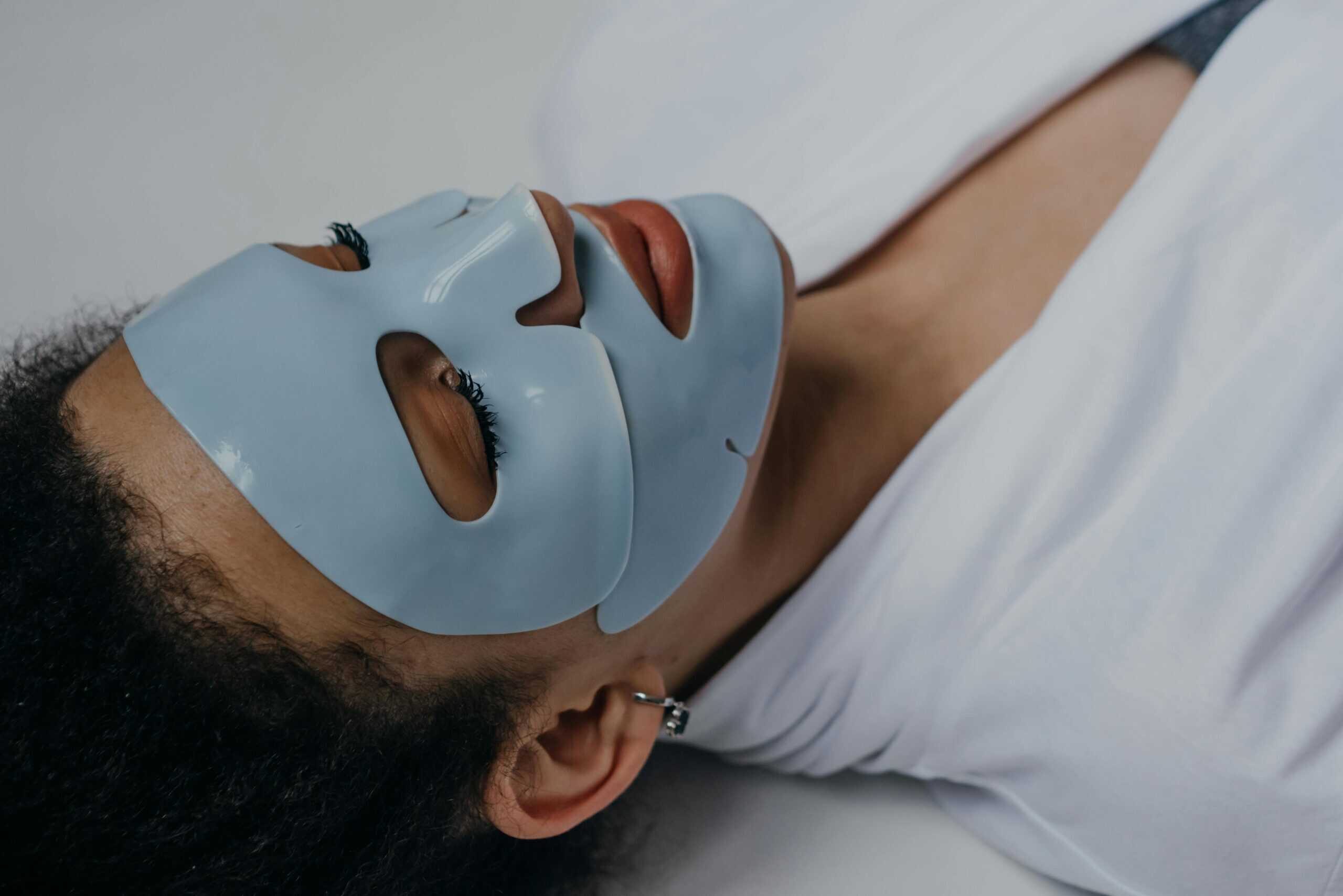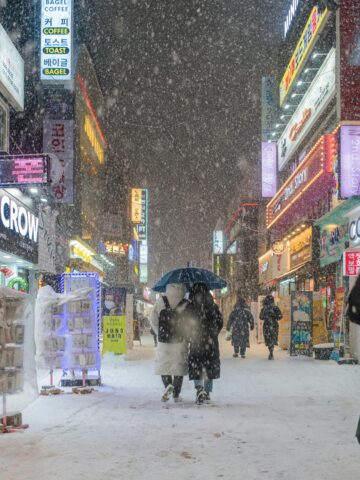Ever marvel at the dewy, glowing skin showcased in Korean beauty (K-beauty) routines? The secret lies in focusing on gentle, natural ingredients that hydrate, brighten, soothe, and clear the skin. The best part is you don’t need fancy products to get in on the action; many K-beauty skincare secrets use simple kitchen ingredients to achieve that luminous glow
Below is a casual guide for skincare beginners and K-beauty fans alike, featuring four DIY face masks inspired by Korean skincare traditions. Each mask targets a unique skin benefit (hydrating, brightening, calming, or acne-fighting) so you can pamper your skin at home and get your chok chok (moist and dewy) glow on.

Jump to:
🥒 Cucumber & Yogurt Hydrating Mask
Cucumber is a K-beauty staple known for its cooling and soothing effect on the skin. Blended with plain yogurt, it delivers a drink of moisture to parched or tired skin. This combo helps hydrate and refresh your complexion – perfect for anyone with dry or dull skin in need of a plump, dewy boost. (Tip: Chill the cucumber beforehand for an extra refreshing spa-like feel!)
- Key Ingredients: Fresh cucumber, plain yogurt.
- Why Skin Loves It: Cucumber’s high water content instantly quenches dry skin, while yogurt provides moisturizing proteins and balancing lactic acid for a soft, supple feel.
- K-Beauty Influence: Inspired by Korean sheet masks loaded with cucumber extract, this DIY version leaves your face feeling “chok chok” – that bouncy, hydrated glow K-beauty is famous for.

🍚 Rice & Milk Brightening Mask
Brighten up your complexion using a time-tested Asian beauty secret: rice! Rice has been used in Korean skincare for centuries to nourish the skin and gently buff away dullness.
When combined with milk (rich in natural lactic acid), it forms a mild exfoliating mask that lifts off dead skin cells and reveals a smoother, more radiant glow. The result is a brighter, “glass skin” effect – a translucent luminosity coveted in K-beauty.
- Key Ingredients: Rice water or rice flour, milk (or dairy-free milk alternative).
- Why Skin Loves It: Ground rice acts as a gentle exfoliant, and milk’s enzymes lighten and hydrate the skin, leaving your face looking fresh and luminous.
- Regular use can help fade minor dark spots and even out tone for that glassy, lit-from-within glow.
- K-Beauty Influence: This DIY mask echoes popular Korean rice-infused products that aim for clear, bright skin. It’s an at-home route to the brightening benefits many K-beauty serums and essences provide – all with pantry ingredients!
🍵 Green Tea & Aloe Calming Mask
Soothe sensitive or irritated skin with this green tea and aloe vera combo. Green tea is a staple in Korean skincare, prized for its anti-inflammatory and redness-reducing powers.
Aloe vera gel brings cooling hydration that calms the skin and helps speed up healing. Together, they create a calming mask that’s ideal for tempering redness, sunburn, or any flare-ups while also providing a dose of deep hydration.
- Key Ingredients: Brewed green tea (cooled), pure aloe vera gel.
- Why Skin Loves It: Green tea is packed with antioxidants (like EGCG) that fight free radicals and reduce inflammation, while aloe is famous for its soothing, skin-cooling properties. This gentle mask feels instantly relieving on the skin, quelling redness and leaving your face comfy and moisturized.
- K-Beauty Influence: Korean skincare is big on Centella asiatica (cica) and green tea for calming irritated skin – this DIY mask channels that philosophy with two natural soothing ingredients you might already have. Think of it as your at-home rescue mask for stressed skin (minus the trip to a spa).

🫘 Mung Bean & Honey Acne-Fighting Mask
Banish breakouts the traditional Korean way with mung beans. Yes, the same little green beans used in cooking are a historical beauty remedy in Korea.
Mung bean powder helps calm inflammation and soak up excess oil, making it great for managing acne-prone skin. Mix in a bit of honey, a natural antibacterial and humectant, and you get a balancing mask that can clear up blemishes while keeping skin nourished and not stripped.
- Key Ingredients: Mung bean powder (available at Asian markets or ground from dried mung beans), raw honey.
- Why Skin Loves It: Mung beans are rich in vitamins and anti-inflammatory compounds that tamp down redness and oiliness, helping to prevent pimples from forming. Honey brings gentle hydration and antimicrobial effects to speed healing of active breakouts. Together, they fight acne-causing bacteria and irritation, all while brightening your complexion for a healthy glow.
- K-Beauty Influence: Many K-beauty products target acne with botanical ingredients like mung bean, green tea, or tea tree. This DIY mask captures that spirit by using a beloved Korean home remedy for pimples. It’s a simple concoction that can help keep your skin clear and calm; a must-try for anyone dealing with pesky breakouts.
❓Frequently Asked Questions
2–3 times per week is usually enough for most skin types. Overusing masks can sometimes irritate the skin.
It’s best to make them fresh and use them immediately. If needed, refrigerate for no more than 24 hours.
Yes, but always do a patch test first. Sensitive skin may react differently to natural ingredients.
Absolutely! For example, hydrate one day and calm redness the next. Just avoid layering multiple masks in a single day.
They can support your routine, but for long-term results, combine them with a consistent skincare routine (cleanser, moisturiser, sunscreen).





Comments
No Comments